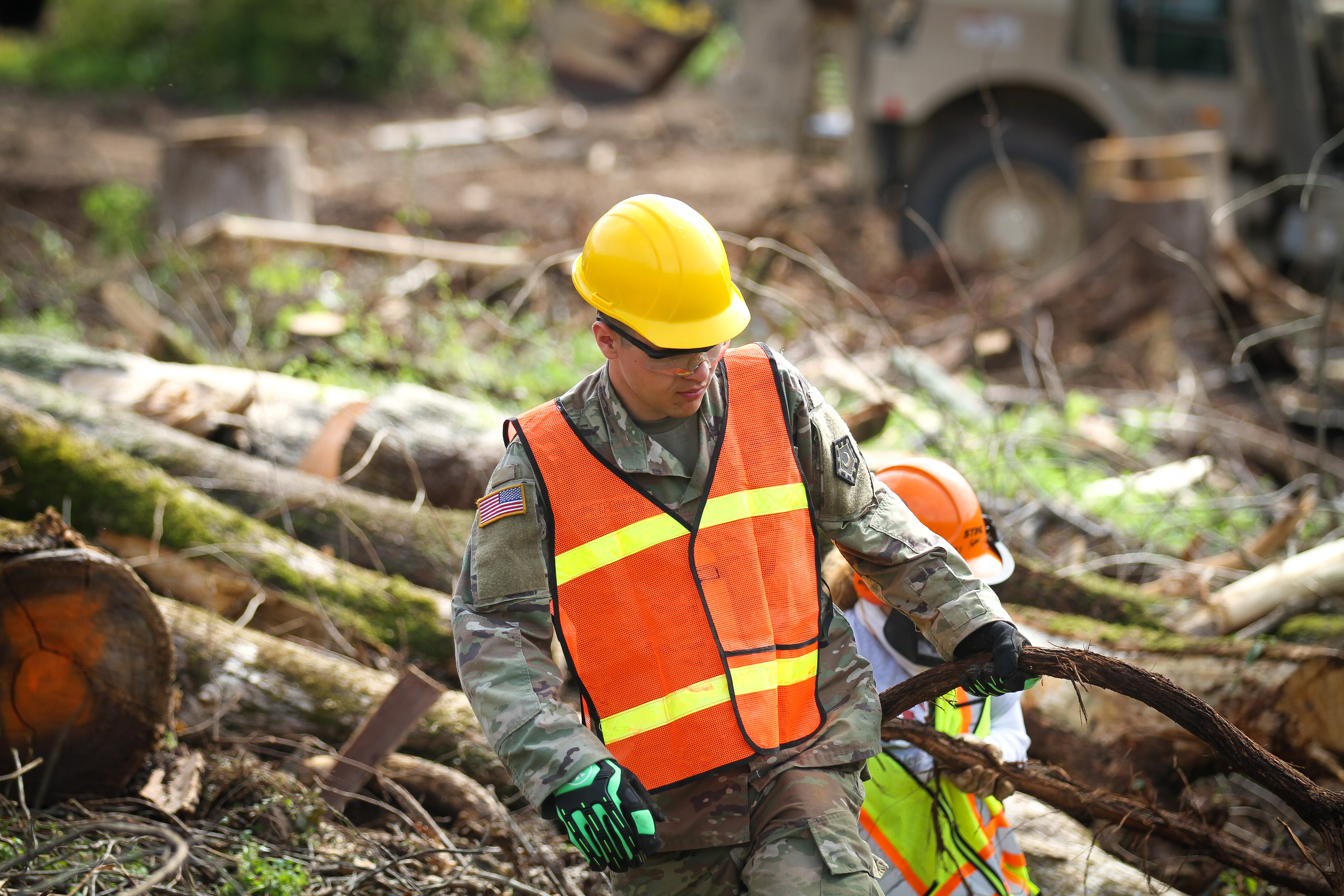
Whether for construction sites, pruning work, or any other profession involving risk of shocks or from falls, wearing head protection is essential. Different European standards make it possible to determine the level and type of safety required to ensure serene work for the wearer of a helmet or a work cap. Let us take a closer look at the main categories defined by these standards.
Anti-bump caps
Standard EN 812 classifies caps that protect the head from impact against hard and stationary objects. Impacts with these can cause superficial injuries or cuts to the skull, the standard then certifies protection in this case with sturdy and solid caps. Such accessories are equipped with a ventilated shell which meets the safety requirements of the standard. However, a bump cap does not prevent the risk of falling objects and therefore cannot replace a helmet. Caps are therefore preferred in professional fields. indoors such as those in industry, the food industry, plumbing, maintenance, auto repair or any other sector that may require work in a lowered or kneeling position.
Protective helmets
The safety helmets for professional use are regulated by the standard IN 397. This is characterized by several demanding criteria. The helmet must first of all be able to absorb shocks up to 5 kN approximately the equivalent of a 500 kg object. It must be resistant to perforation of a mass up to 3 kg. The helmet must also be flame resistant, produced with a durable compound over time and its chin strap must be able to withstand a force of 25 daN.
A standardized helmet EN 387 must present a marking which specifies at least the type of material of which the helmet is made, the production date, the size, the standard, the manufacturer and the name of the model. Any additional specifications must also be indicated. Below is a summary of these additional features.
|
-20 °C / -30 °C / -40 °C |
Low temperature resistance |
|
+150 °C |
Very high temperature resistance |
|
LD |
Resistance to lateral deformation |
|
MM |
Resistance to molten metal splashes |
|
440 V AC |
Electrical insulation up to 440 volts AC |
Additional standards for helmets
In addition to standard EN 397, helmets can be certified by additional standards for more specific needs. The two main ones being the standards EN 12492 and IN 50365.
Standard EN 12492 concerns protective helmets for climbing and mountaineering. These helmets are designed for work at height just like pruning. Under this standard, they must be able to absorb a vertical or lateral impact up to 10 kN. They resist the puncture of a mass of 3 kg, the tearing and ensure a strong support on the head even after a violent shock. The chinstrap withstands a force of 20 daN.
Standard IN 50365 characterizes insulating helmets for the protection of electricians. Such helmets protect the wearer against the risks of electrification. They intervene in the event of electrical contact during work near voltages of up to 1000 volts in alternating current and 1500 volts in direct current. This type of helmet then provides much greater protection than the optional 440 V AC specification for helmets with the only standard EN 397. They are identifiable with a double triangle symbol to be affixed with the other markings.

Additional protections
In addition to the head protection provided by the helmets we have mentioned, other PPE ensures eye or ear safety. As such, some helmets offer all-in-one solutions for optimal protection.
First of all, the standard EN 352 defines the anti-noise protections. Class EN 352-3 defines in particular the ear protectors mounted on safety helmets. The wearer is then protected from noise ranging from 20 to 35 dB.
Standard IN 1731 concerns, for its part, the safety of the eyes and the face with a protection of the mesh type. This is a visor incorporated into helmets. It avoids mechanical risks for the face and eyes.
These protections will be required, for example, for areas in the forest environment with the handling of a chainsaw. In this context, the Pheos forestry helmet from the Uvex brand combines these two requirements for complete protection.

As we have just seen, depending on the risks to which you may be exposed while practicing your profession, a wide range of head protections is available. Whether it is a bump cap or a hard hat, you should carefully consider the needs of your trade to ensure safety in your workplace.


